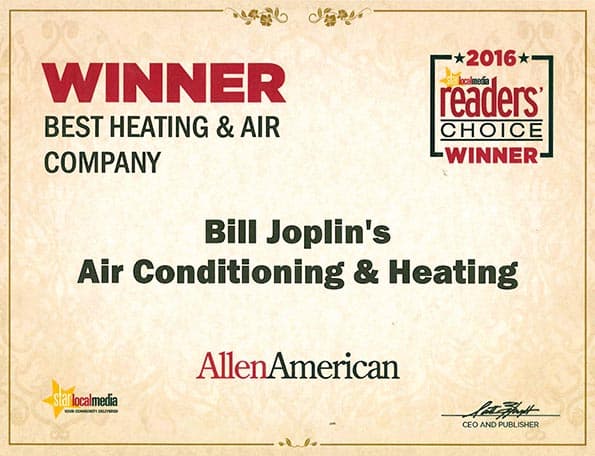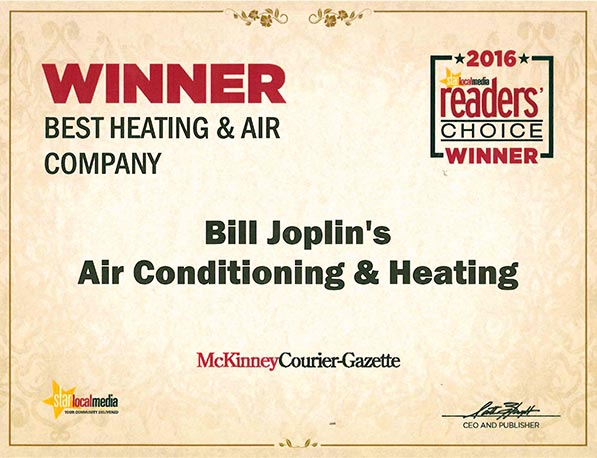Your HVAC system’s air filter is the first line of defense against airborne pollutants, keeping dust from clogging up your furnace or A/C and from troubling your lungs and sinuses.
Savvy homeowners understand that by carefully selecting the minimum efficiency reporting value, or MERV rating, of the air filters they install, they can control the degree of filtration. MERV ratings are an industry standard, with higher filter ratings representing more effective filters. The higher efficiency filters, however, can place a more significant strain on the blower motor of your HVAC system. MERV ratings are consistent across brands and manufacturers, making them a useful metric for comparison.
However, when you’re shopping for an air filter, you have to keep an eye out. Some manufacturers and sellers don’t use the standard MERV ratings. They may seem to fall in the same range, between 1 and 20, but they aren’t standardized and issued by the American Society of Heating, Refrigerating and Air Conditioning Engineers (ASHRAE). This means that you won’t be able to compare them to your furnace’s acceptable MERV range or to other MERV filters you may have bought in the past.
Manufacturers may have any number of reasons for using their own filter ratings. The ratings may be designed to measure something other than MERV efficiencies, they may be holdovers from a different rating system used in another region or industry, or they may be a marketing ploy to persuade you to think that they’re more efficient than a comparable MERV filter. In any case, you should be certain you know the filter’s real efficiency before you buy.
To learn more about filter ratings and how to maintain the HVAC system in your McKinney area home, contact Bill Joplin’s Air Conditioning & Heating.




